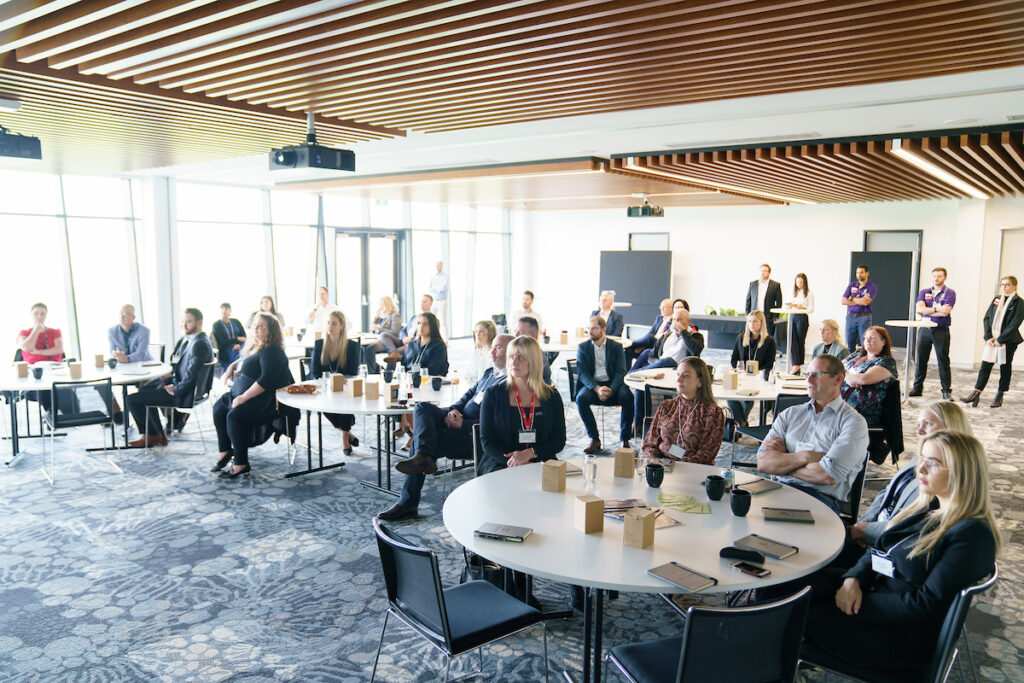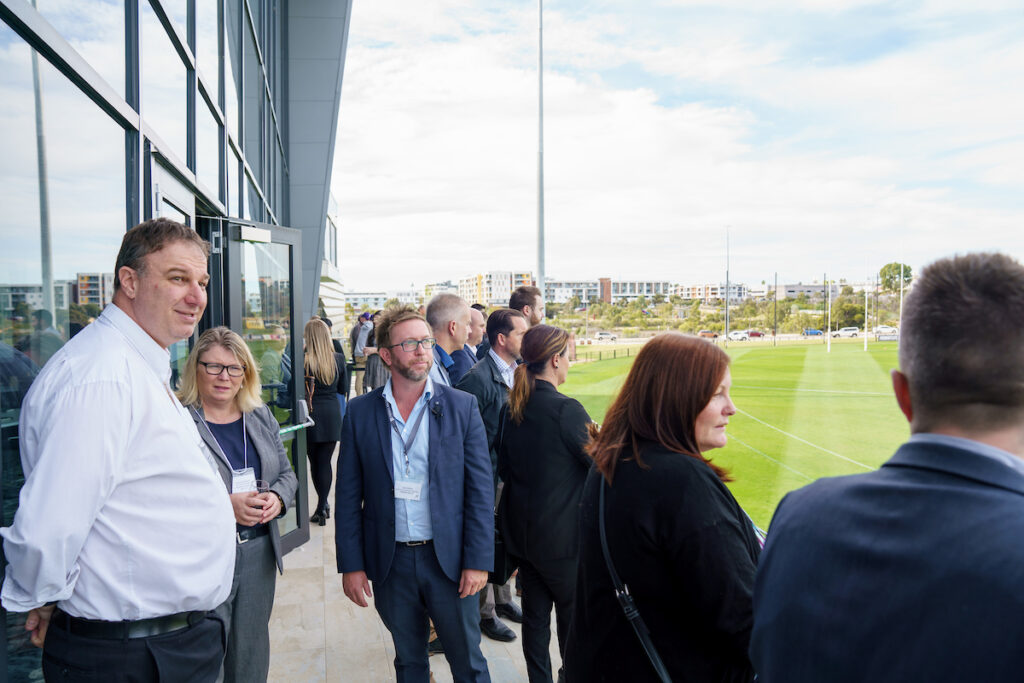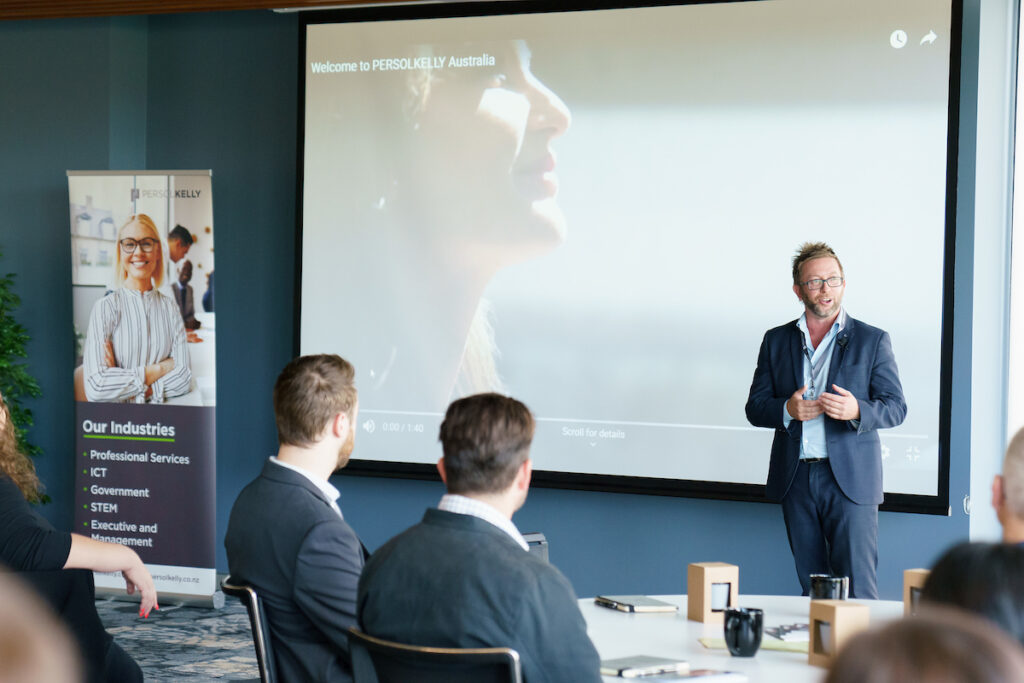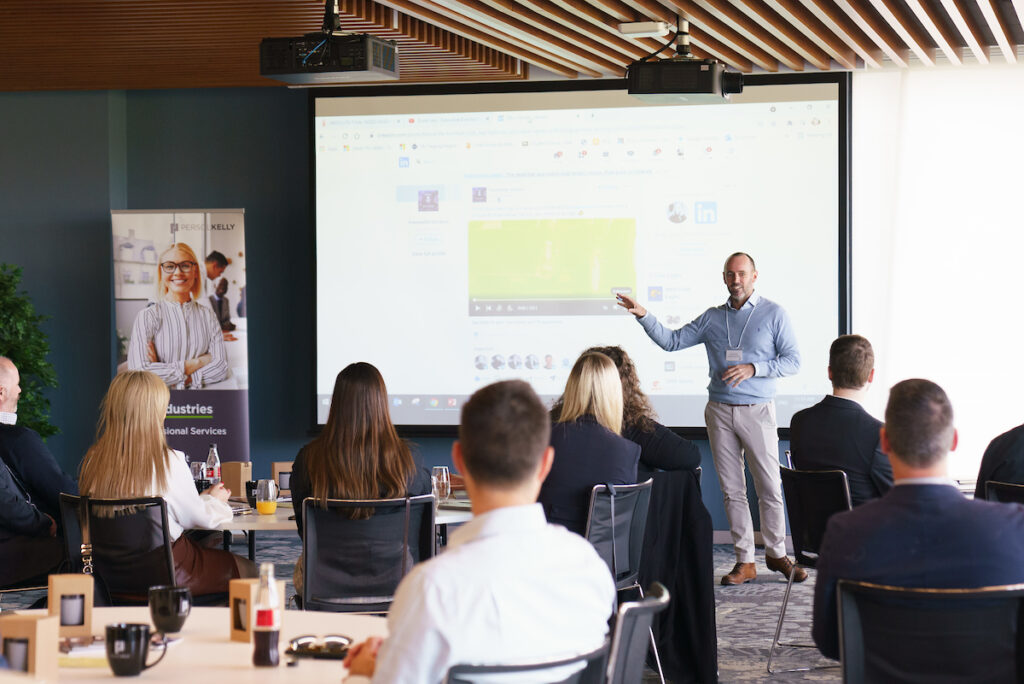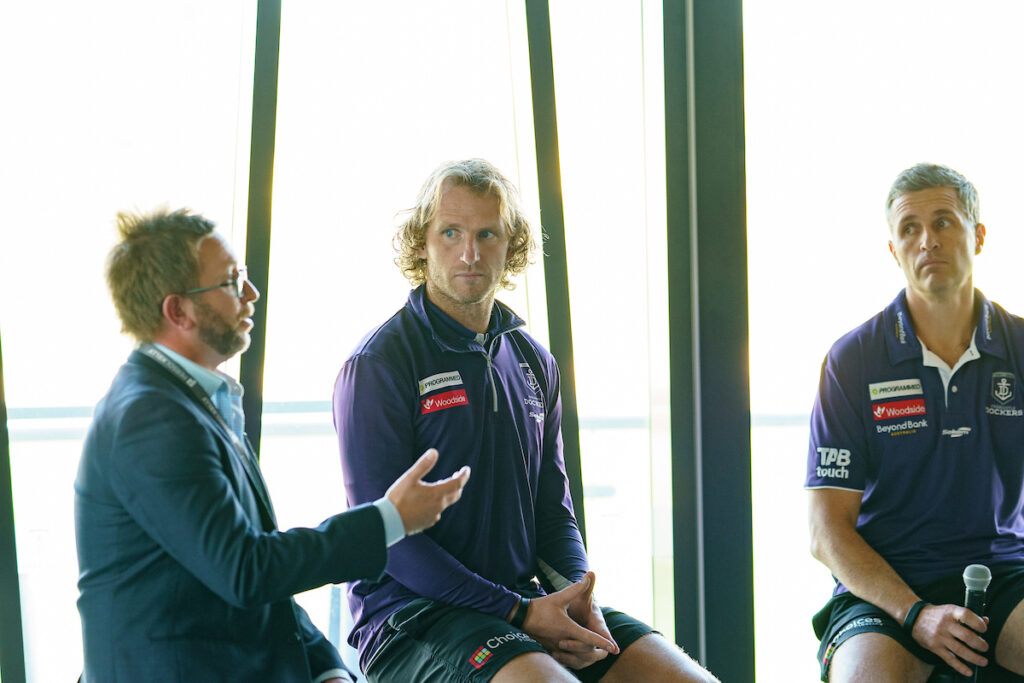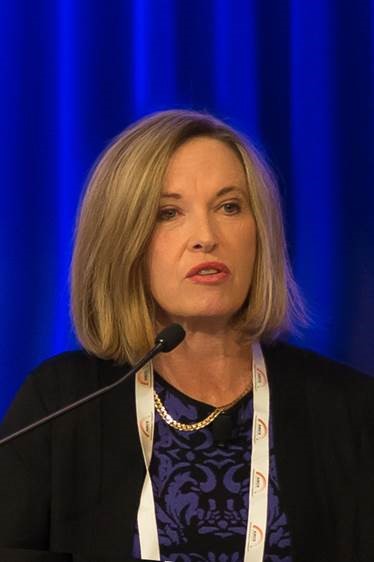How the Federal Budget will impact you
Treasurer Josh Frydenberg could never have imagined he would deliver a Budget like the one he did last night.
This was a most un-Coalition Budget, framed around a big spending, stimulatory program of family and business support and expanded employment programs, all designed for a post-COVID recovery, leaving little chance of slipping back into recession.
Concerns over debt and deficit were relegated, as the priority shifted to ensuring the economic recovery continues and Australia avoids any future shocks.
For those who might once have urged economic restraint, this was a case of ‘make me pure but not just yet!’
With a federal election due within a year, it would have been unwise to put too many groups offside. And, few will go away disappointed. There was something for almost everyone – business and personal tax relief, infrastructure, skills training, women’s health and safety, regional transport, aged care, mental health, and continued support for the housing sector.
The key takeaways
- Business tax concessions
- Thousands of new training places
- Apprentice wage subsidy extended
- New infrastructure
- Housing stimulus
The economic picture
Australia’s recovery from the depths of the economic recession has been swift and rare by international standards. Yet the fragility of this bounce back is underscored by the languid pace of the vaccine rollout, the slow opening of international borders and the scale of the pandemic in other countries.
Australia’s real GDP growth is expected to hit 4.25% in 2021-22, coming off a low base of just 1.25% last financial year. The key driver is government spending – turbocharged initially by JobKeeper, and now sustained by a wave of new government spending.
The current unemployment rate of 5.6% is expected to fall to 5% in mid-2022.
Wage growth will remain flat at only 1.5%, despite the expected pace of the recovery, while inflation is forecast to remain subdued at 1.75%. The official outlook may look a touch rosy, but given Australia’s remarkable bounce back from recession so far, few are willing to bet that it won’t continue.
As the Treasurer put it, ‘Australia’s economic engine is roaring back to life.’
The flip side is that the budget deficit will hit $161 billion this year, albeit $53 billion lower than predicted six months ago. The alarming figure is net debt which will increase to $617 billion or 30% of GDP this year before maxing out at almost a trillion dollars in 2025.
Business and personal tax relief
One of the biggest economic fears has been that a sudden withdrawal of government payments would tip the economy back into recession.
However, new tax measures are designed to help keep business and households flush. The government is extending the full expensing of business assets for an additional year until June 2023. The temporary loss carry-back is also being extended to include the 2022-23 income year.
The extension of these two measures is estimated to deliver tax savings to business of about $21 billion.
One surprise was news of personal tax cuts for those on low and middle incomes which will provide up to $1,080 for individuals and up to $2,160 for couples.
Skills and training to get a boost
There is major new investment in skills and training. The federal government is injecting another $500 million into the JobTrainer program with an expectation of matching funding from the states and territories to support an additional 163,000 places.
JobTrainer will now support some 450,000 free and low-cost training places at TAFEs and private colleges for a host of qualifications and short courses, determined by the states according to their skills needs.
There was also a six-month extension to the Boosting Apprenticeship Commencements (BAC) wage subsidy for new apprentices and trainees. This will be extended from 30 September this year to 31 March 2022. It means that thousands more apprentices and trainees will be able to attract the employer wage subsidy of up to $7,000 per quarter for a full 12 months.
Three thousand digital apprenticeships and traineeships have been earmarked for support through BAC, while an $11 million Digital Skills Cadetship Trial will develop skills in areas such as cybersecurity, advanced manufacturing and data analytics.
The government will also provide 5,000 additional gateway service places and in-training support for women commencing in non-traditional trades.
There will be $149 million over four years to establish up to 15 industry owned Skills Enterprises to deliver improved skills and workforce outcomes through collaboration with industry.
A National Digital Australian Apprenticeships Portal will be established as a one-stop-shop to help employers manage their apprentice workforce and for apprentices to understand their entitlements.
Indigenous employment will see a new Remote Jobs Program. But there appears to be a shake-up of other Indigenous programs, with $128 million for a newIndigenous Skills and Employment Program, which will replace the existing Employment Parity Initiative, Vocational Training and Employment Centres, and Tailored Assistance Employment Grants.
The ‘ugly duckling’ of the budget was the JobMaker Hiring Credit which was announced a year ago and forecast to create 450,000 new jobs, but produced a little more than a thousand and was quietly buried in this Budget.
Infrastructure pipeline crosses the country
There is a big injection into ongoing road, rail and logistics facilities that will also underpin employment in the regions. In addition to existing commitments, a further $15 billion was committed to projects including:
- North-South Corridor in South Australia
- Great Western Highway and Newcastle airport in New South Wales
- Melbourne Intermodal Terminal in Victoria
- Queensland’s Bruce Highway
- WA’s METRONET
- Light Rail extension in ACT
Women’s budget statement a first
For the first time, there is a separate women’s budget statement which includes programs and funding for women’s economic security, safety, health and wellbeing. It includes:
- $1.1 billion in funding for women’s safety, including frontline domestic violence programs and cash support for women fleeing violence
- $1.9 billion to support the economic security of women
- $1.7 billion for childcare subsidies
- $351.6 million for women’s health and wellbeing measures
There is also a greater focus on the aged care workforce, incentives for women to enter STEM careers, and more support to women seeking education and career guidance.
More help to get into housing
The housing market may be on fire in many parts of the country but there is no sign of easing back on the appetite for real estate.
The budget contains measures to enable first home buyers with only 5% deposit to enter the market, and for single parents to purchase a home with just a 2% deposit.
In addition, the amount that can be accessed from superannuation under the First Home Super Saver Scheme has been increased from $30,000 to $50,000.
The HomeBuilder initiative has seen 120,000 applications and supported $30 billion of building activity, and will continue to underpin activity in residential building. New housing starts are now at the highest level in 20 years.
Aged care gets a major funds injection
The government has responded to the failures exposed by the Aged Care Royal Commission with a $17.7 billion commitment over five years.
The money is designed to deliver another 80,000 home care packages, bringing the national total to 275,000.
Almost $8 billion of the total goes to improving the quality and safety of residential aged care services.
One of the challenges will be getting the skilled workforce to meet demand, which sees 33,800 of the additional training places under JobTrainer reserved for the aged care workforce.
Building manufacturing capability
The COVID pandemic has accelerated the trend toward greater reliance on local production capability and, thus, the need for homegrown manufacturing and R&D. A key initiative is the new ‘patent box’ starting on 1 July 2022, which will see income earned from new patents developed in Australia taxed at a concessional rate of 17%. It will apply to the medical and biotech sectors, with a view to expansion into clean energy.
The budget also invests in measures to help small businesses and farmers grow and diversify their export markets with an extra $88 million for the Agri-Business Expansion Initiative.
Funding has also gone to help stimulate exploration and production in the gas reserves of the North Bowen and Galilee Basins, while there is funding to boost fuel security for local refineries.
In response to the shortcomings exposed in vaccine production, there is a commitment to work with industry to develop an onshore mRNA vaccine manufacturing capability.
Overall, the Budget delivers a mammoth program of support across almost every area of the economy. The government now has every policy tool at its disposal dialed up to the maximum, aided by the RBA’s ultra-low interest rates.
Once unthinkable for a Coalition government, this scale of fiscal buffering was designed initially to avoid a COVID-induced catastrophe, and is now ingrained into the political fabric.
It also gives the government great flexibility, politically, to call an election perhaps later this year.
Australia defied the world with a 30-year unbroken run of economic growth before the COVID recession. It remains to be seen if this Budget can position Australia for new records on the way back to normal.
Unless stated otherwise, information was sourced from the Commonwealth Budget 2021 documents, ministerial statements, media releases and portfolio papers budget.gov.au/. This is general information only and should not be taken as constituting professional advice from Programmed. Programmed is not a financial adviser. You should consider seeking independent legal, financial, taxation or other advice to check how the information relates to your unique circumstances. Programmed is not liable for any loss caused, whether due to negligence or otherwise arising from the use of, or reliance on, the information provided.
Together, Programmed and PERSOLKELLY are the leading providers of staffing, operations and maintenances services across Australia and New Zealand and one of the largest workforce solutions providers in the APAC region.
From market-leading staffing programs, to advanced people management, innovation and technology; we support your business to navigate and stay ahead of the rapidly changing world of work.
Together our experienced, capable team of problem-solvers will help you achieve more.
If you’re looking for work, register your details, search and apply for jobs on Programmed GO, available free from your App store or visit jobs.programmed.com.au.
